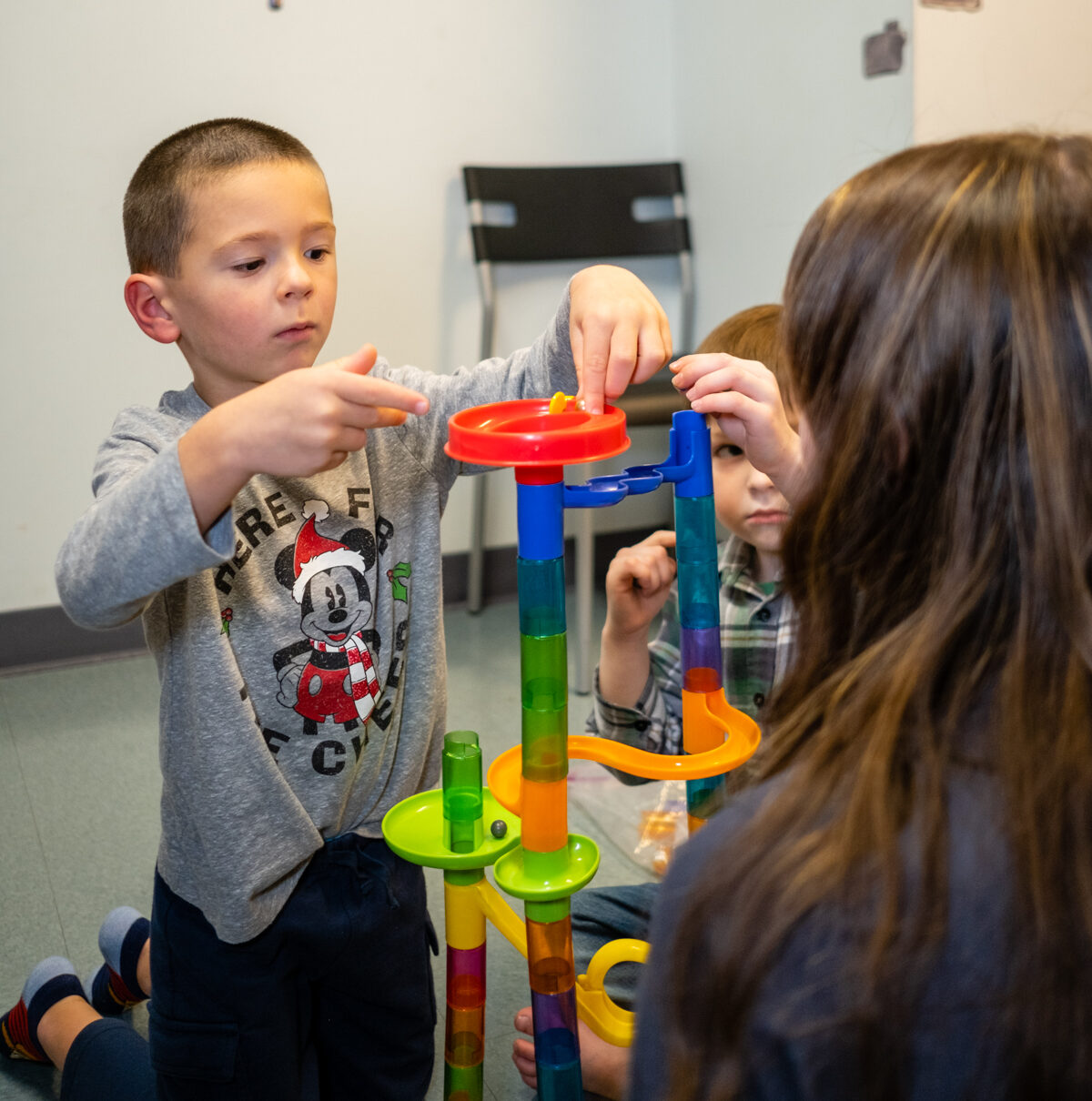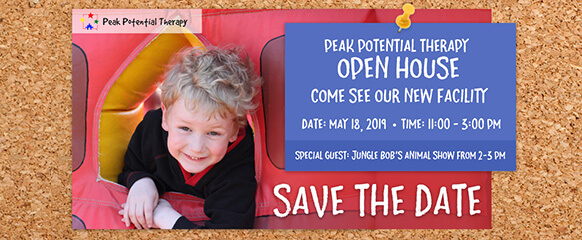
An Approach to Behavior Modification and Skills Development
Autism Spectrum Disorder (ASD) is a common developmental disability discovered in children of all ages. This disorder impairs the child’s ability to communicate and interact, and it can get diagnosed at any age. Usually, the symptoms – significant social, communication, and behavioral challenges – start appearing in the early years of childhood, and the condition may gradually worsen if treatment is not started early.
Applied Behavior Analysis (ABA) Therapy is Most Effective Therapy for Treating Autism Spectrum Disorder
One of the most widely accepted therapies among healthcare professionals according to the Center for Disease Control on Behavior & Communication Approaches to treat children with ASD is Applied Behavior Analysis Therapy (ABA). This therapy is based on a scientific approach, which is known as Behavior Analysis and can be applied to children as early as 2-years of age up to any age group. A child’s behavior becomes greatly influenced by his/her surrounding environment. ABA uses various approaches to encourage and improve socially significant positive behaviors in children on the autism spectrum. The expert staff at Peak Potential Therapy in Northfield, Ohio, can help children improve language and communication ability, reasoning skills, motor skills, social skills, learning and academic skills, verbal behaviors, self-care ability, play skills, and much more.
Why is ABA an Effective Therapy Method for Autism?
ABATherapy incorporates different treatments and approaches teaching the child how to overcome challenging behaviors.
One of the approaches is the Functional Behavior Assessment (FBA). It is an integral part of this therapy and is conducted when a child gets involved in challenging behavior. At Peak Potential Therapy, with the help of this applied behavior analysis therapy, our trained staff try to assess the reason behind the occurrence of the problem behavior and accordingly, offer the necessary intervention. Constant monitoring of the child’s behavior, collection of observational data, thorough assessment, and functional analysis are the steps involved in FBA.
Continuous monitoring and evaluation are a part of our ABA Therapy program. After a deep analysis and assessment of the challenging behavior, customized goals are set depending on the specific conditions of the children, and accordingly, therapeutic methods are implemented successfully.
Judging the precursors and the consequences of the behavior is crucial in ABA Therapy. Positive Reinforcement Approach strategy, an important part of this therapy, incorporates the psychological propensity that when a behavior is rewarded with something the child values, then he/she is more likely to repeat that behavior in the future, and this will gradually result in a positive behavioral change.
At Peak Potential Therapy, extensive one-on-one sessions are provided to our clients to meet their individual needs so they can overcome challenges. We strongly encourage parents to partake as they become an integral part of this therapy approach by encouraging and helping their child practice the skills at home and reinforce positive behavior constantly. Clients will learn to
You are not the first parent to face the challenges of choosing the right therapy approach for your child. Peak Potential Therapy is here to give advice that is specific to your child to help you. Our approach is to not only provide therapy on-site but help your child prepare for life outside of a clinical setting. Peak Potential Therapy provides services for life on your child’s terms, not always at our therapy center. Contact us today to take advantage of Peak Potential Therapy’s services – at home, in school, or in the community.






 The Autism Awareness Puzzle Ribbon is made up of multi colors to represent the diversity of the disorder and the puzzle pieces to represent the complexity of the condition. The puzzle ribbon was adopted in 1999 as the universal sign for autism awareness.
The Autism Awareness Puzzle Ribbon is made up of multi colors to represent the diversity of the disorder and the puzzle pieces to represent the complexity of the condition. The puzzle ribbon was adopted in 1999 as the universal sign for autism awareness.